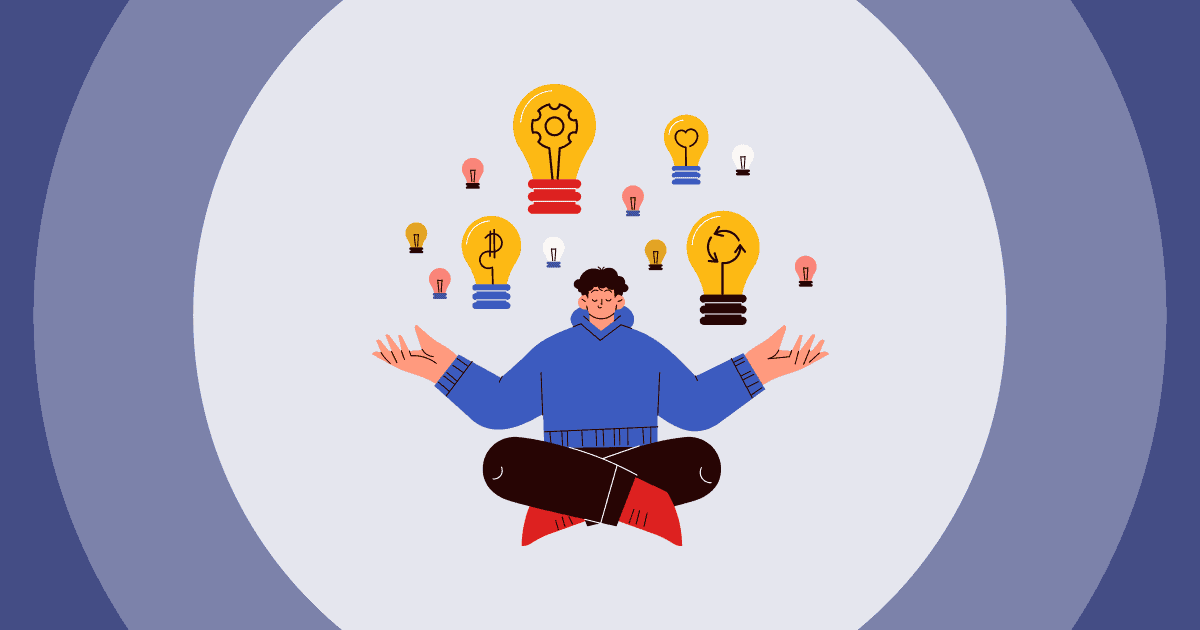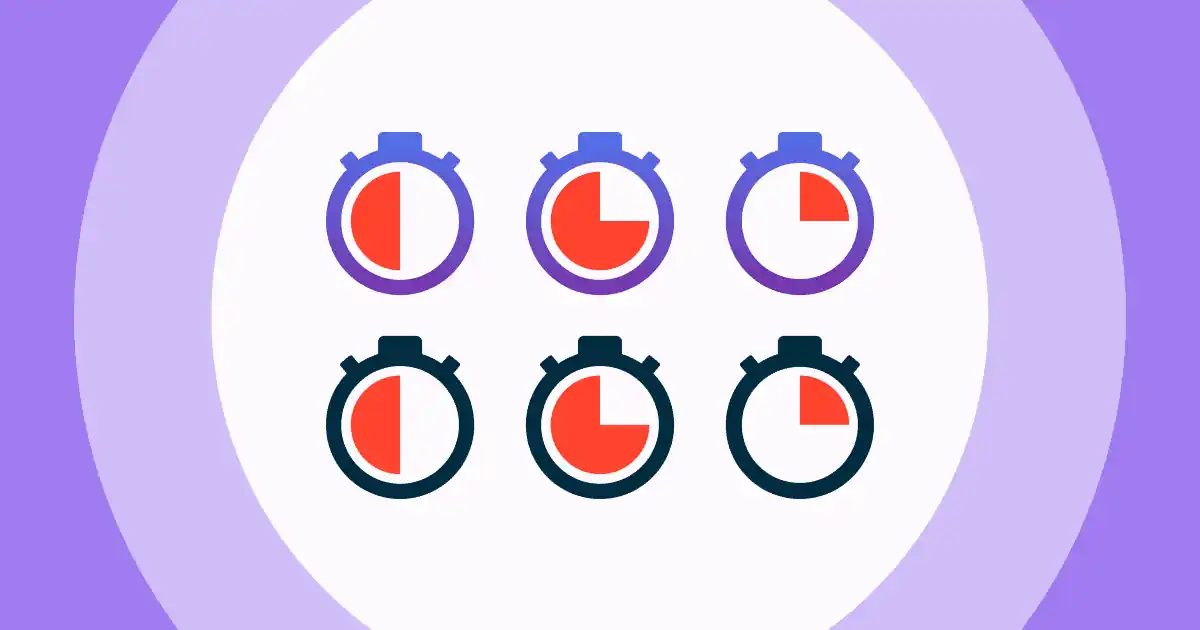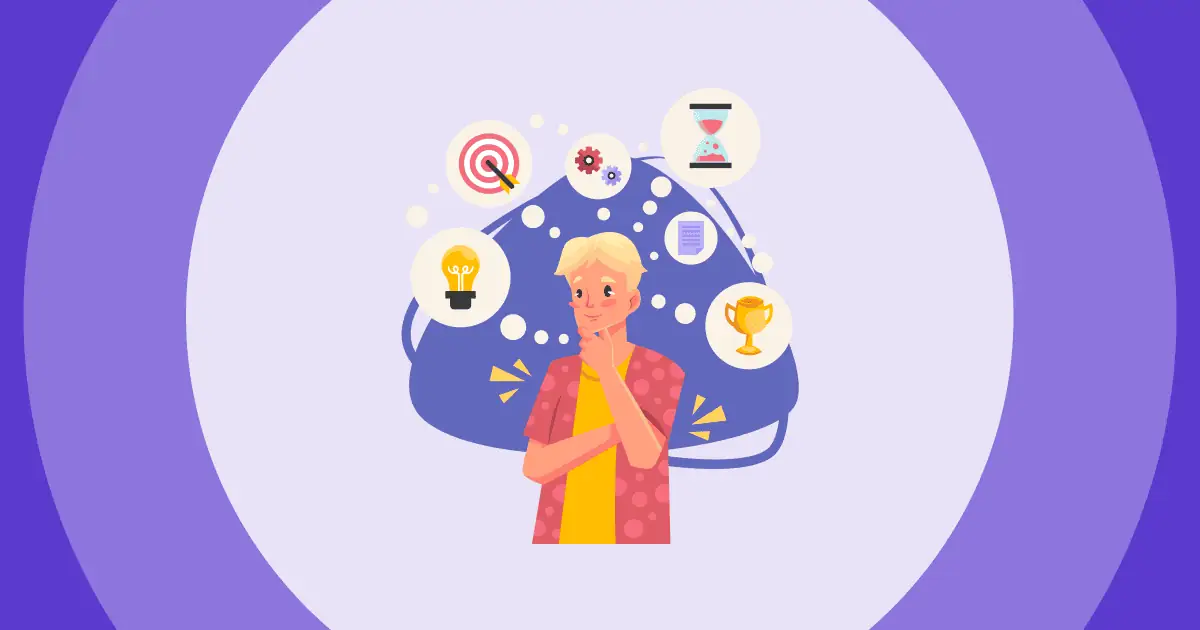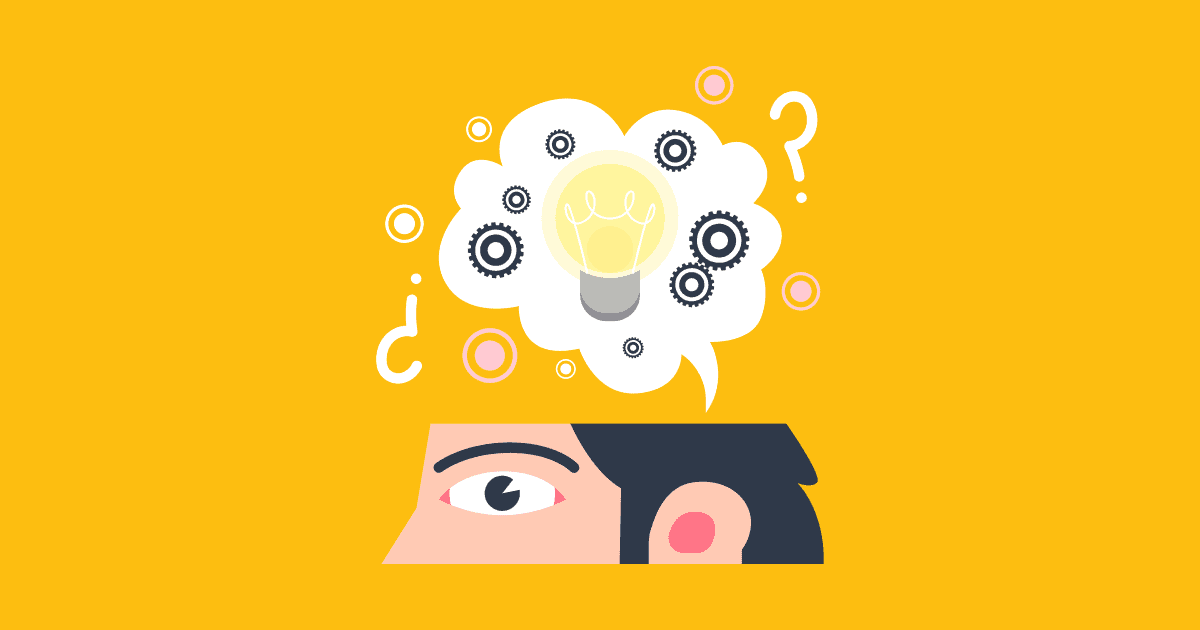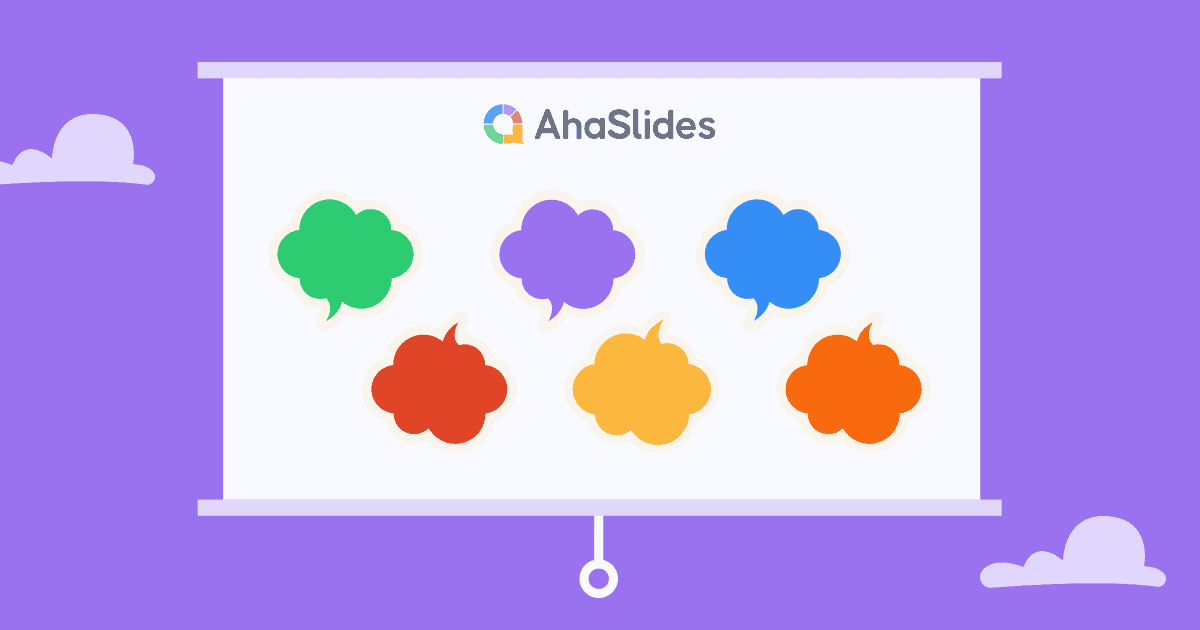في بيئة مرهقة وسريعة الخطى، من المفيد الاعتماد على حدسك في اتخاذ القرار في أكثر من مناسبة.
ولكن، معرفة متى يتم تطبيق الخاص بك تفكير بديهي أمر صعب. إن فهم ماهيتها وكيفية إنجاحها سيسمح لك باتخاذ قرارات رائعة ذات نتائج جيدة.
تعمق للحصول على المزيد من الأفكار👇
جدول المحتويات
- ما هو التفكير الحدسي؟
- ما هي الأنواع الأربعة من التفكير الحدسي؟
- هل الأفكار البديهية جيدة أم سيئة؟
- نصائح لتصبح مفكرًا أكثر حدسًا
- الحد الأدنى
- الأسئلة الشائعة
مزيد من النصائح حول تطوير المهارات الشخصية
| ما هو عكس التفكير البديهي؟ | على غير المتوقع |
| من هو مخترع مصطلح التفكير الحدسي؟ | هنري برغسون |
| متى كانهل تم العثور على مصطلح "التفكير الحدسي"؟ | 1927 |

هل تبحث عن أداة مشاركة أفضل؟
أضف المزيد من المرح مع أفضل استطلاعات الرأي المباشرة والاختبارات والألعاب، وكلها متوفرة على عروض AhaSlides، وجاهزة للمشاركة مع جمهورك!
🚀 سجل مجانا
ما هو التفكير الحدسي؟

تخيّل أنك لاعب بيسبول محترف تقف عند قاعدة القاعدة الرئيسية. ينطلق الرامي ويرمي كرة سريعة نحوك مباشرةً. لديك ثانية واحدة للرد - لا وقت للتفكير الواعي!
لكن شيئًا مذهلًا يحدث - جسمك يعرف ما يجب فعله. دون أي تفكير، تتحرك يديك إلى موضعها وتطقطق! تحصل على ضربة مثالية.
ومن أين جاءت تلك البصيرة؟ الحدس الخاص بك.
في أعماقك، يتعرف جزء من دماغك على إشارات دقيقة مثل حركة الرامي، ودوران الكرة، وما إلى ذلك، ويعرف بالضبط كيفية الاستجابة بناءً على آلاف التكرارات في التدريب والألعاب السابقة.
هذا هو التفكير الحدسي في العمل. فهو يسمح لنا بالاستفادة من تجارب غنية على الفور تقريبًا واتخاذ "قرارات تلقائية" دون أي منطق متعمد.
مثل الطريقة التي يشعر بها Cruise in Top Gun بالحركات الصحيحة في القتال الجوي أو كيف يرى Neo رمز The Matrix دون فهم.
والأجمل من ذلك؟ الحدس ليس لردود الأفعال فحسب، بل هو قوة خارقة للإدراك والإبداع أيضًا.
إن لحظات "أها!" من الفهم أو الحلول المبتكرة غالباً ما تنبع من حدسنا قبل أن يتمكن المنطق من تفسيرها بالكامل.
ما هي الأنواع الأربعة من التفكير الحدسي؟
يتم تصنيف التفكير الحدسي بشكل عام إلى 4 أنواع، لكل منها خصائص مميزة. أي نوع من المفكرين الحدسيين أنت؟🤔
الحدس المعرفي
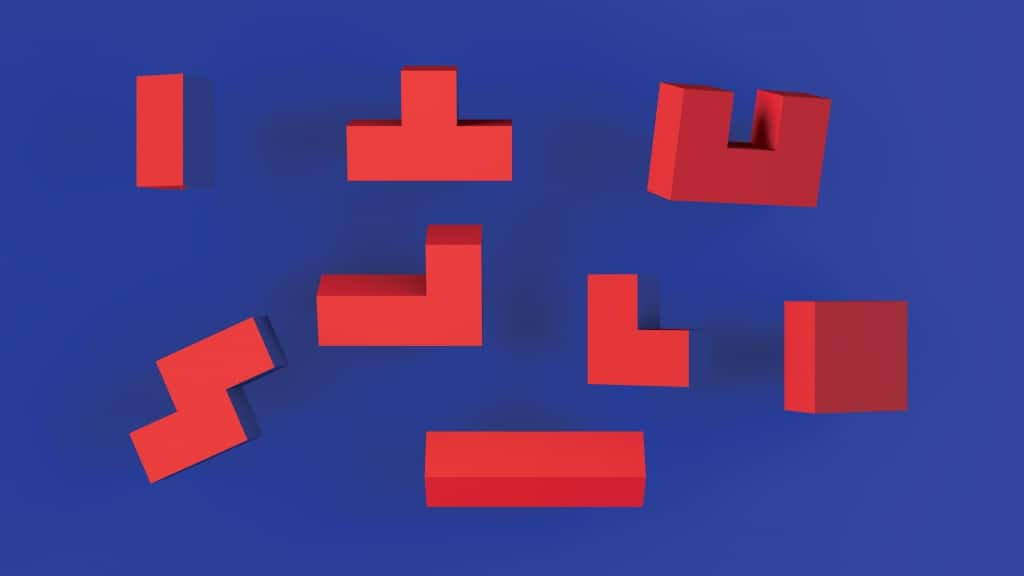
يتضمن هذا الوصول إلى الأنماط والاستنتاجات التي تعلمناها دون وعي من خلال الخبرة في التحديات المعرفية.
يسمح بمطابقة المخطط والأحكام السريعة. تشمل الأمثلة التعرف الفوري على الأنماط النحوية، أو حل المشكلات المعقدة، أو فهم الإجابة على مشكلة رياضية بناءً على أنماط مألوفة، أو تقييمات المخاطر/الجدارة بالثقة.
الحدس العاطفي
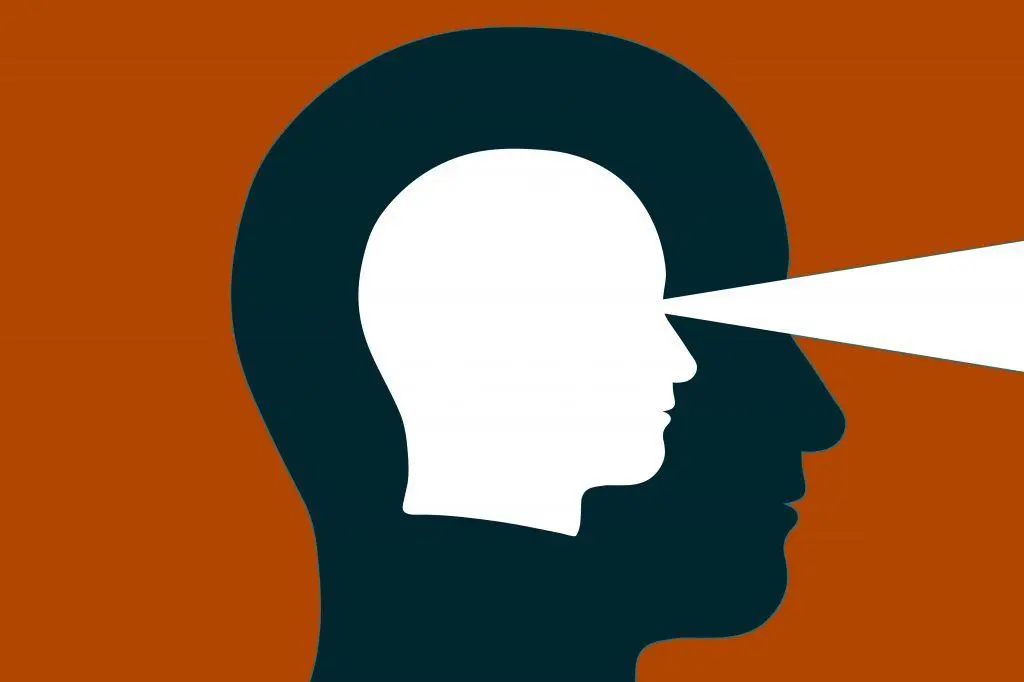
وتسمى أيضًا المشاعر المعوية. ويعتمد هذا النوع أكثر على العواطف والمشاعر لتوجيه الحدس.
قد نشعر بأمورٍ صحيحة أو تُقلقنا دون تفكيرٍ واعي. ويتعلق الأمر بأمورٍ مثل الأحكام الشخصية، وكشف الخداع، واتخاذ القرارات الأخلاقية، حيث تلعب العواطف دورًا.
الحدس التحليلي

يتطور من التعلم التداولي والتلقائي الشامل على مدار سنوات في مهارة أو مجال.
يمكن للخبراء تفسير المواقف المعقدة بشكل حدسي والاستجابة بشكل مناسب. تشمل الأمثلة لاعبي الشطرنج المحترفين والأطباء الخبراء وغيرهم من المهنيين ذوي الخبرة العميقة في مجالهم.
الحدس المتجسد

يعتمد على التعلم العضلي و الحسي و الحسي.
يتطور من خلال الممارسة البدنية والتجارب الاجتماعية القائمة على الحركة. أشياء مثل مهارات التنسيق، والتوازن، وتفسير الإشارات العاطفية / الاجتماعية غير اللفظية من خلال تعبيرات الوجه، ولغة الجسد، وما إلى ذلك تقع ضمن هذه الفئة.
وتشمل بعضها أيضًا:
- الحدس الاجتماعي - يشير إلى القدرة على فهم الديناميكيات الاجتماعية والمعايير والتفاعلات بشكل حدسي دون تفكير واعي. تشمل مجالات تأثيره تفسير المشاعر، والتنبؤ بالسلوكيات، وتمييز العلاقات وهياكل السلطة، واستشعار تأثيرات/ديناميكيات المجموعة.
- الحدس التوليدي - إثارة أفكار جديدة، أو ابتكارات، أو رؤية المشكلات بطرق مبتكرة من خلال تجميع أنواع مختلفة من المعلومات بشكل حدسي. ومن الأمثلة على ذلك الاختراع، والتصميم المبتكر، والنظريات العلمية الرائدة، ووجهات النظر غير المتوقعة في الفنون والعلوم الإنسانية.
تُقدم الأنواع الأربعة جميعها رؤى سريعة قد يكون الوصول إليها بوعي أبطأ. وكثيرًا ما تتفاعل هذه الأنواع، إذ قد تُحفز الأنماط المعرفية استجابات عاطفية تؤثر على التعلم التجريبي على المدى الطويل. ويعتمد تطوير أي نوع من الحدس بفعالية على التعرض المستمر لتجارب جديدة والتعلم التأملي.
هل الأفكار البديهية جيدة أم سيئة؟
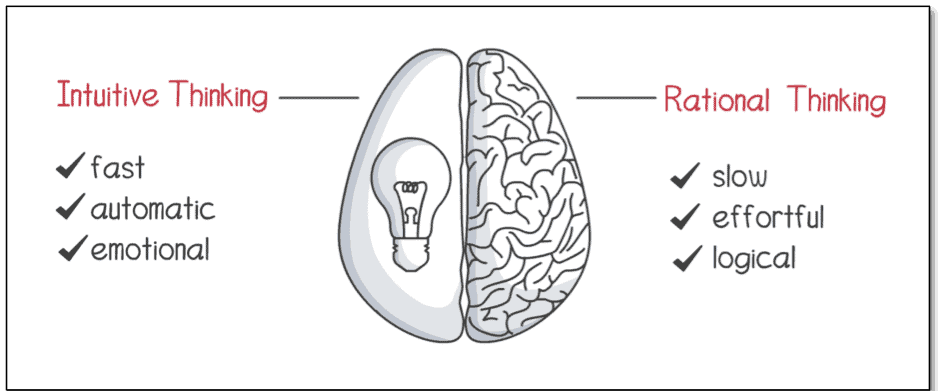
التفكير الحدسي هو سيف ذو حدين. يمكن أن يكون مفيدًا للغاية عندما يتم بناء الخبرة من خلال تجربة واسعة النطاق، ولكنه خطير عندما يتم الاعتماد عليه لاتخاذ قرارات عالية المخاطر تفتقر إلى قاعدة الأدلة.
تشمل الفوائد المحتملة للتفكير الحدسي ما يلي:
- السرعة - الحدس يسمح بالكثير اتخاذ القرار السريع عندما يكون الوقت محدودا. هذا يمكن أن يكون مفيدا.
- رؤى مبنية على الخبرة - تتضمن الحدس الدروس اللاواعية للخبرة، والتي يمكن أن توفر وجهات نظر مفيدة.
- الإبداع - قد تسهل الحدس إقامة اتصالات جديدة وأفكار مبتكرة خارج الصندوق.
- الحدس الأولي - يمكن أن تعمل المشاعر الحدسية كنقطة بداية لمزيد من الاستكشاف والتحقق.
تشمل العيوب المحتملة للتفكير الحدسي ما يلي:
- التحيزات - الحدس عرضة للتحيزات المعرفية مثل التثبيت، والتأثيرات الاستدلالية، والمحسوبية داخل المجموعة التي تحرف الأحكام.
- الأنماط غير الصالحة - قد تكون الأنماط البديهية مبنية على تجارب سابقة عفا عليها الزمن أو غير صحيحة أو لمرة واحدة بدلاً من الأدلة السليمة.
- التبرير - هناك غريزة لتبرير الأفكار البديهية بدلاً من التحقيق بشكل محايد في دقتها.
- الكلية فوق التفاصيل - تركز الحدس على موضوعات أوسع بدلاً من تحليل التفاصيل الدقيقة المهمة بعناية.
- الرضا عن النفس - قد تثبط الحدس التفكير المتعمد الشامل لصالح الذهاب مع المشاعر.
نصائح لتصبح مفكرًا أكثر حدسًا
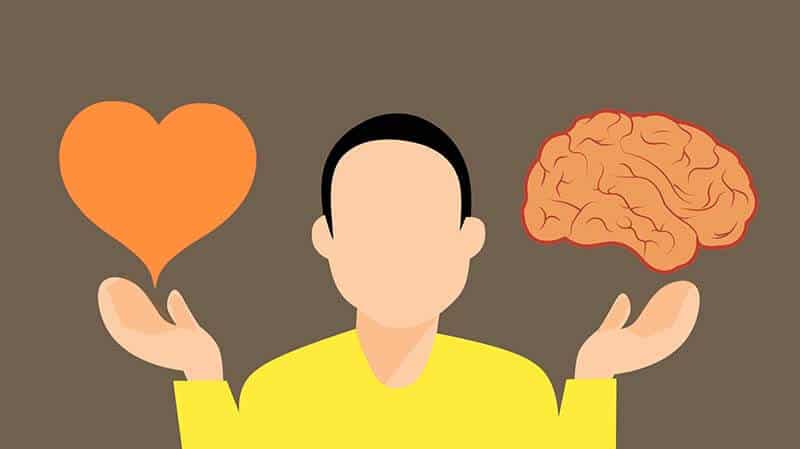
فيما يلي بعض النصائح لتصبح مفكرًا أكثر حدسية. مع مرور الوقت، تعمل هذه الاستراتيجيات على تقوية تفكيرك البديهي من خلال التعرض المتنوع والتأملي والتفكير بمرونة:
- اكتسب خبرة عملية واسعة في مجالك. الحدس ينبع من إدراكك اللاواعي للأنماط فيما تتعرض له. تحدَّ نفسك باستمرار.
- مارس اليقظة والوعي الذاتي. انتبه لمشاعرك وحدسك دون إصدار أحكام. مع مرور الوقت، ستتعلم أن تثق بحدسك أكثر.
- تشجيع التفكير المتباين. إنشاء ارتباطات بين المفاهيم غير ذات الصلة. العصف الذهني على نطاق واسع. يجمع الحدس بين الأفكار بطرق جديدة.
- خذ فترات راحة أثناء حل المشكلات. الحضانة تسمح للحدس بالظهور من عقلك الباطن. اذهب للنزهة واترك عقلك يتجول.
- طوّر مهاراتك المعرفية. حلل حدسك السابق - ما كان دقيقًا ولماذا؟ طوّر معرفتك الذاتية بنقاط قوتك الحدسية.
- انتبه لأحلامك/أحلام اليقظة. يمكن أن توفر هذه رؤى بديهية خارج المعايير المنطقية.
- دراسة مجالات مختلفة عن خبرتك. تعمل المعلومات الجديدة على تعزيز ارتباطاتك البديهية وزوايا حل المشكلات.
- تجنب طرد رد فعل القناة الهضمية. امنح الحدس فرصة لمزيد من الفحص قبل التخلص منها.
الحد الأدنى
يعتمد التفكير الحدسي على التعرّف السريع على الأنماط والعواطف والتجارب، لا الواعي، بدلاً من التفكير التدريجي. بالممارسة، يُمكننا تدريب حدسنا ليعمل كحاسة سادسة، مما يجعلنا بارعين في حل المشكلات في أي سيناريو.
الأسئلة الشائعة
ماذا يفعل المفكرون البديهيون؟
يعتمد المفكرون الحدسيون في المقام الأول على مشاعرهم الداخلية، والأنماط الضمنية التي يتم التعرف عليها من خلال الخبرة، والقدرة على ربط الأفكار المتباينة بشكل حدسي، بدلاً من التحليل المنطقي الصارم عند التعامل مع المشكلات، واتخاذ القرارات، والتعبير عن أنفسهم.
ما هو مثال على التفكير الحدسي؟
من الأمثلة التي توضح التفكير الحدسي: لاعب شطرنج بارع يتعرف فورًا على أفضل حركة تالية دون تحليل جميع الاحتمالات بوعي. يعتمد حدسه على خبرة واسعة، أو طبيب خبير يكتشف سبب أعراض غير مألوفة لدى مريض بناءً على إشارات خفية و"شعور" بوجود خطأ ما، حتى لو لم تُفسر نتائج الفحوصات ذلك بعد.
هل من الأفضل أن تكون منطقيًا أم حدسيًا؟
ليس هناك إجابة واضحة حول ما إذا كان من الأفضل بطبيعته أن تكون منطقيًا أم حدسيًا - فكلاهما له نقاط قوة ونقاط ضعف. وتُعتبر الفكرة عمومًا بمثابة توازن بين النهجين.
